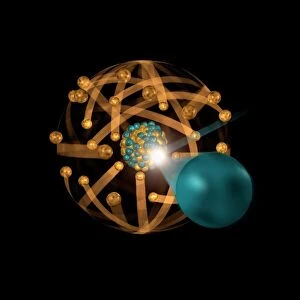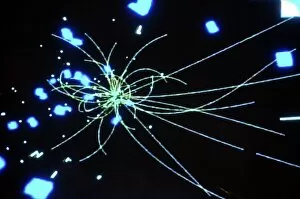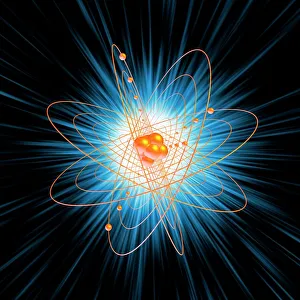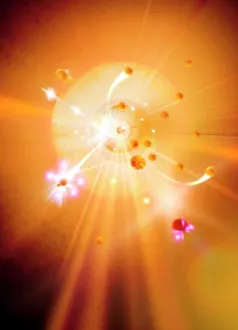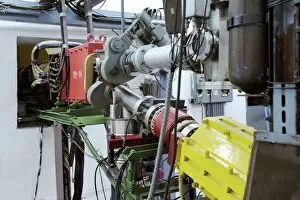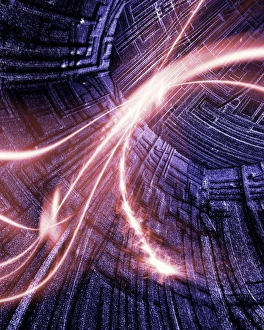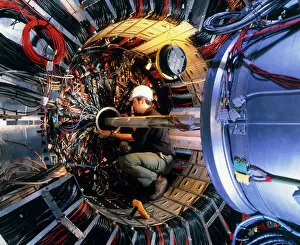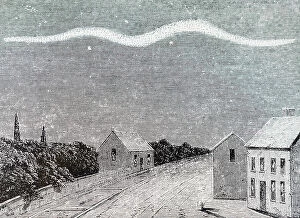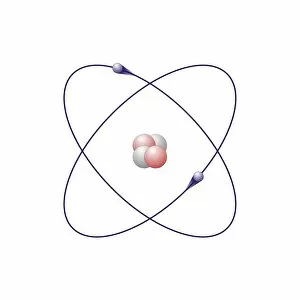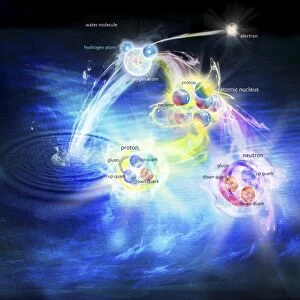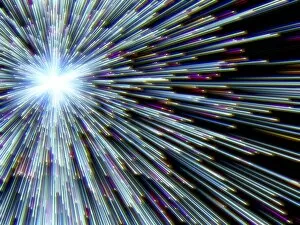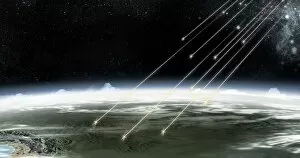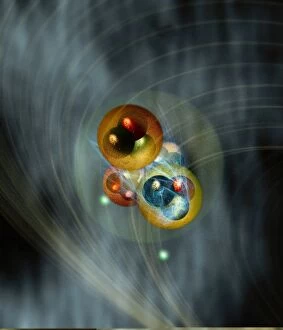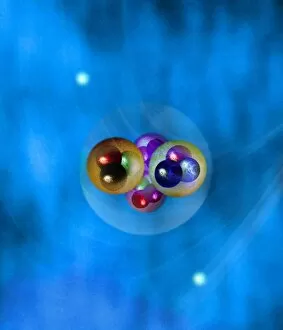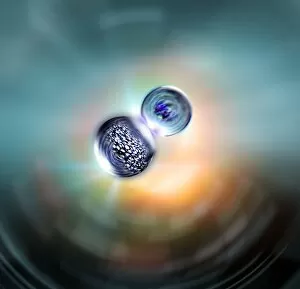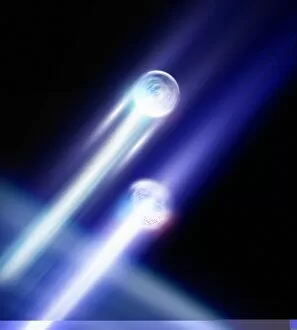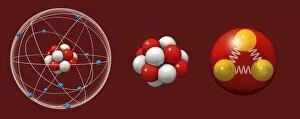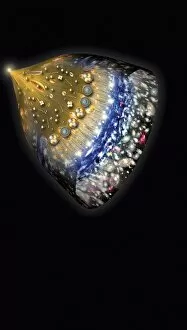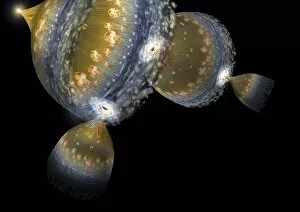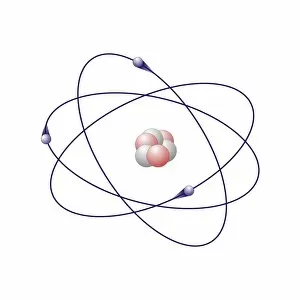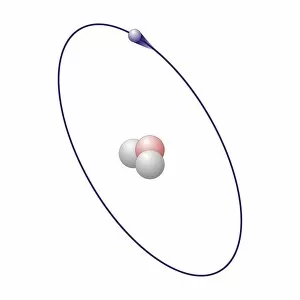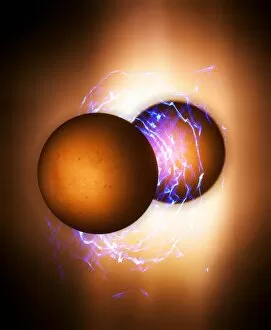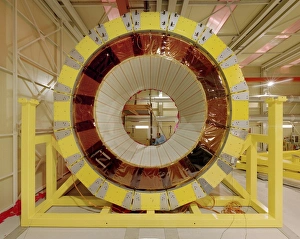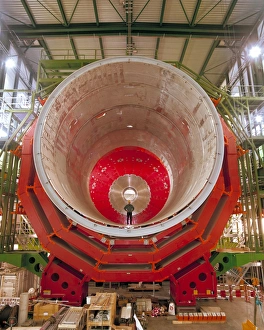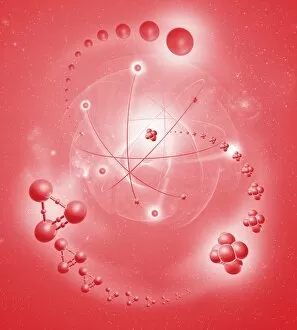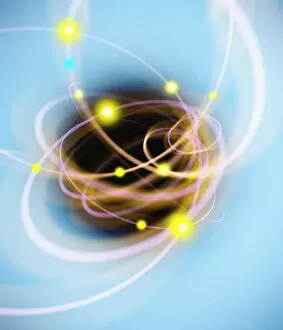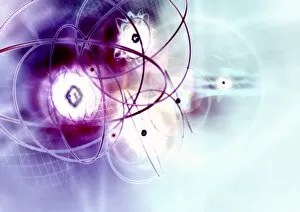Protons Collection
"Unveiling the Mysteries of Protons: A Journey into Particle Physics" Step into the captivating world of protons
All Professionally Made to Order for Quick Shipping
"Unveiling the Mysteries of Protons: A Journey into Particle Physics" Step into the captivating world of protons, where nuclear fission artwork takes us on a visual exploration of their intricate nature. At the forefront of particle physics research, scientists delve deep into understanding these fundamental building blocks that shape our universe. In this mesmerizing display, atomic structures come to life through stunning artwork. Witness the explosive collision between particles as they accelerate within state-of-the-art equipment in a particle accelerator. The H1 particle detector captures these electrifying moments, unraveling secrets hidden within each interaction. Gaze upon breathtaking depictions of oxygen's atomic structure and marvel at beryllium's intricate model. Helium and boron reveal their own unique atomic compositions, showcasing the diversity found within protons' realm. Yet amidst this scientific journey lies an awe-inspiring revelation—the final stages of a massive star's life before it goes supernova. As we witness its grand finale, we comprehend how protons play an essential role in shaping celestial events and forging new elements. Join us as we embark on this enthralling expedition through protonic wonders—a gateway to unlocking profound mysteries about our existence and expanding human knowledge beyond imagination. Let your curiosity guide you as you explore the enigmatic world that lies beneath the surface of reality itself—protons await your discovery.

